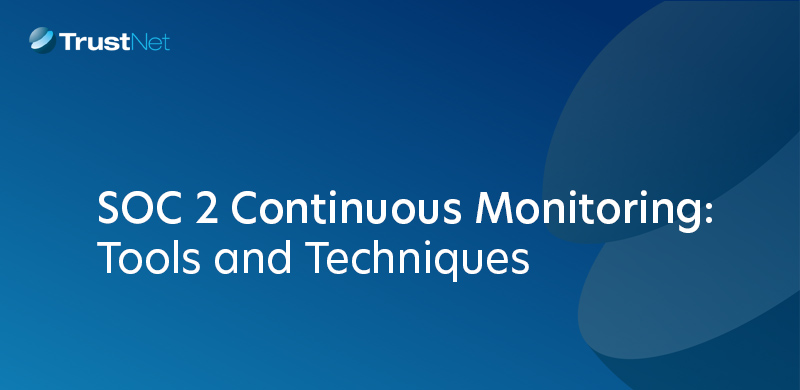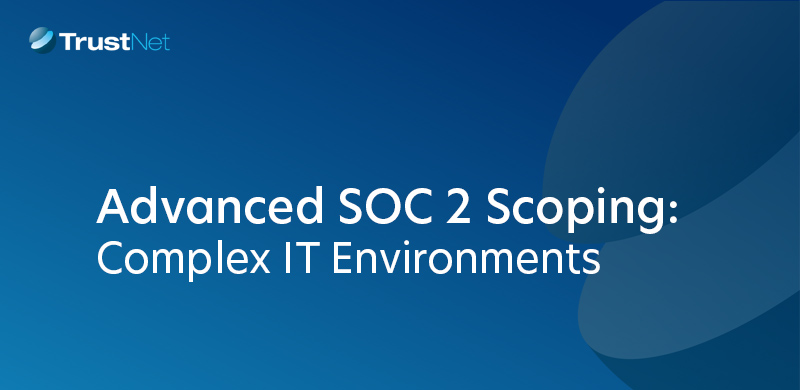Blog System Hardening Best Practices
System Hardening Best Practices

Threat actors are constantly using increasingly sophisticated tools and techniques to take advantage of any weaknesses or loopholes in your cyber security system to gain access. Once they succeed, the damage to your network and the valuable data it contains is virtually incalculable.
Although you may have a robust security policy and a configuration and mitigation process in place, you need to make sure that this cyber protection infrastructure and your entire ecosystem present as few targets as possible that attackers can hit. In the most general of terms, this is the definition of security hardening.
Network Hardening Defined
There are several vulnerabilities in your network and server that might jeopardize your important data, business operations, and reputation. System hardening best practices help to ensure that your organization’s resources are protected by eliminating potential threats and condensing the ecosystem’s attack surface.
By removing pointless programs, apps, account features, permissions, ports, and unauthorized or expired user access, the goal is to make your account less visible to threat actors. Your IT and security staff must show a continuous commitment to tracking, locating, stopping, and managing vulnerabilities to meet system hardening criteria.
For more about our Penetration Testing services, Click Here
Types of Security Hardening
Since several components combine to make up your system, it stands to reason that there are also different types of security hardening designed to address each. These include the following:
Application Hardening
This type of protection works to shield an existing application from dynamic and static attacks by inserting new code and manipulating existing contents.
Operation System Hardening and Software Hardening
Since operating systems such as Windows and iOS have numerous vulnerabilities, OS hardening seeks to minimize the risks by configuring it securely, updating service packs frequently, making rules and policies for ongoing governance and patch management, and removing unnecessary applications.
Server Hardening
This involves enhancing the security of the server by implementing advanced security measures. Here are a few examples:
- Using data encryption
- Minimizing the use of excessive software
- Disabling unnecessary SUID and SGID binaries
- Keeping security patches updated
- Protecting all user accounts with strong passwords that are changed regularly and cannot be used again
- Account locking after a specific number of login failures
- Changing default ports and settings
- Minimizing open network ports and setting up a robust software and hardware firewall.
Database Hardening
It involves locking down public access to resources, disabling or eliminating redundant functions, and giving privileges only to those who need them. Attention must be paid to physical database server security, having an effective database server firewall, and monitoring the security of all servers, computers, applications, and tools that access the database.
Network Hardening
It refers to necessary procedures that can help to protect your network from intruders. Cybersecurity steps you can take include using a business-grade firewall, disabling services that you are not using, such as file and printer sharing, web server, mail server, and many more, and installing patches.
The attack vectors that hardening measures help to protect against can come from a wide variety of sources:
- Default passwords
- Passwords that are in plain text
- Unpatched or outdated software and firmware weaknesses
- Errors or lapses in the infrastructure configuration, including firewalls, servers, ports, BIOS, routers, switches, etc.
- No privileged access
- Unencrypted data at rest or other network traffic.
A hardened security system is better positioned to repel these and any other innovative threats that bad actors initiate.
System Hardening Standards and Best Practices
Your organization should employ several essential steps and guidelines regarding the system or server hardening best practices process. They include the following:
- Use tools such as penetration tests, vulnerabilities scans, configuration management, and other strategies to evaluate your current technology and prioritize solutions. Researching and implementing industry standards such as NIST, CIS, Microsoft, etc., can provide you with helpful cybersecurity compliance resources.
- Prioritize the systems to be hardened, fixing those that are the most critical first.
- Identify and patch all vulnerabilities quickly, ensuring that your company has an ongoing event response program.
- Develop a network hardening strategy that includes a firewall equipped with well-audited rules, close off all unused ports, ensure all remote users and access points are secured, disable unnecessary programs or services, and encrypt all incoming and outgoing network traffic.
- Server hardening. Place all servers in a data center; be sure they have been hardened before they are connected to the internet, be judicious about what software you install as well as the administrative privileges you set and limit permissions and access to only those who need them.
- Application hardening. Remove all unneeded functions, limit access as much as possible, change default passwords and enforce strong authentication procedures.
- Database hardening. Create admin restrictions, verify applications and users, encrypt content, enforce strong password protocols and remove extraneous accounts.
- Operating system hardening. Update all operating systems and patches automatically, remove unnecessary applications and functions, encrypt local storage, tighten permissions, log all errors, warnings, and events and implement privileged user controls.
Although it takes a while to conceive of and implement security hardening best practices, they will pay off for your organization in numerous ways. Your entire system will function more smoothly once the burden of unnecessary and outdated applications, software, and permissions is removed.
In addition, security will be markedly improved, and the likelihood of data breaches or malware attacks will be significantly decreased. Finally, it will be easier to complete mandatory audits and compliance assessments because accounts will be more agile in a less cluttered cybersecurity environment. While hardening will not be the solution to every security issue, it will certainly make your organization more robust and resilient.
What Does a Cybersecurity Risk Assessment Cost?
One of the most frequently asked questions by small businesses and large global enterprises is the cost of a cybersecurity risk assessment. This comprehensive analysis will assist you in comprehending the variables impacting the price and what to anticipate.
The Long-Term Benefits of Implementing Security Hardening Practices
Although it takes a while to conceive of and implement security hardening best practices, they will pay off for your organization in numerous ways. Your entire system will function more smoothly once the burden of unnecessary and outdated applications, software, and permissions is removed.
In addition, security will be markedly improved, and the likelihood of data breaches or malware attacks will be significantly decreased. Finally, it will be easier to complete mandatory audits and compliance assessments because accounts will be more agile in a less cluttered cybersecurity environment. While hardening will not be the solution to every security issue, it will certainly make your organization more robust and resilient.
Penetration Testing Services
One cybersecurity best practice that helps guarantee that IT infrastructures are adequately secured and that vulnerabilities are addressed effectively is Penetration Testing. The goal of a penetration test is to ascertain whether and how information assets may be accessed without authorization by a malicious user.
For over a decade, TrustNet has been doing penetration test exercises to uncover hidden security weaknesses. The methodology that we use is guaranteed to check if your systems are secure and come up with actionable measures for improvement.




